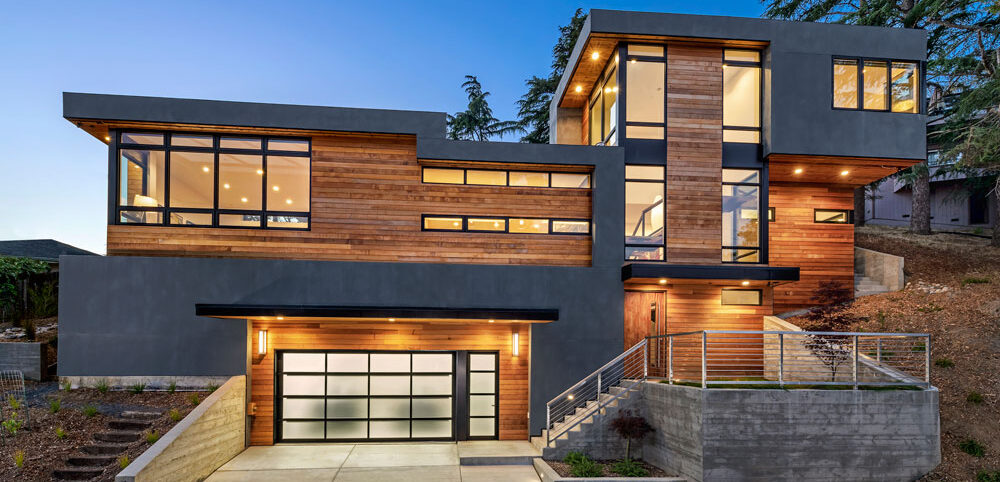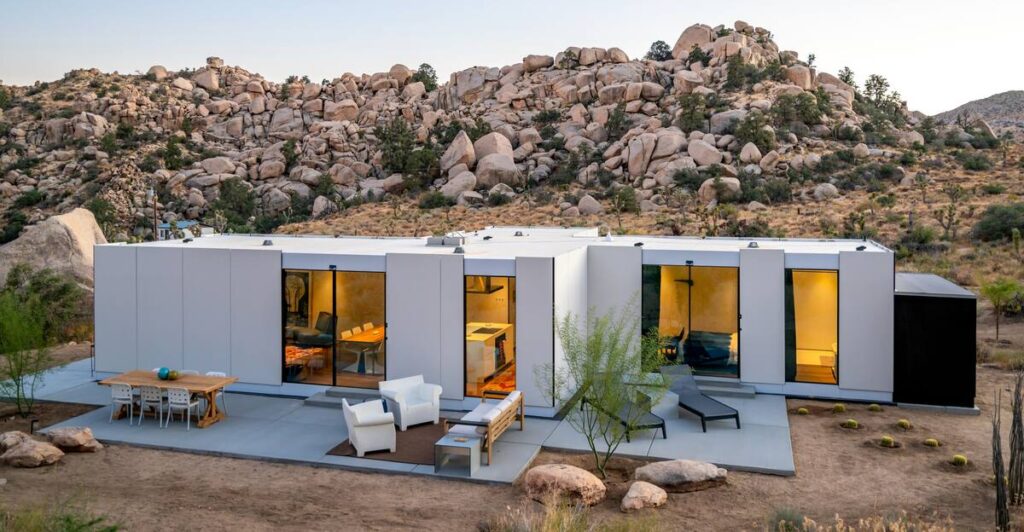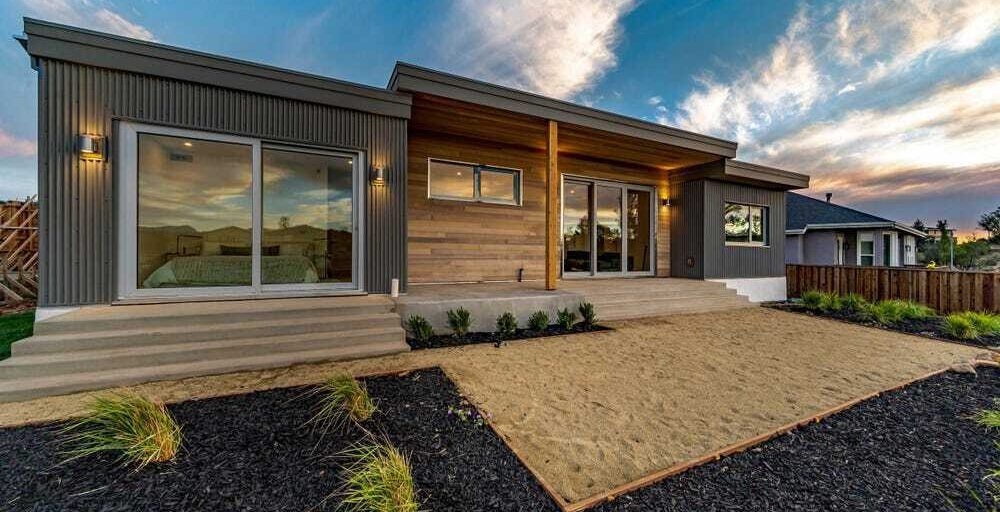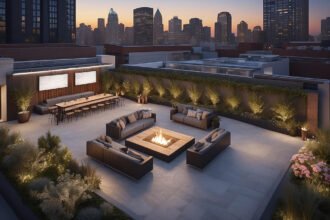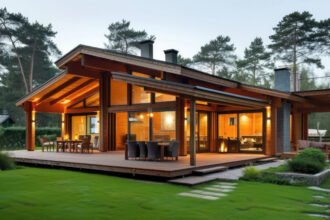A Brief Introduction to Understanding Modular Homes
About 5% of Australians opt for modular homes, also called prefabricated homes. 80-90% of these homes are designed and constructed by interior designers and professionals in the factory. They later load them onto a truck and shift them to the building sites. On the construction site of the real estate, workers assemble the remaining components of the modular home and securely fix it to the land. A modular home in Australia is an excellent solution for people looking for economical housing options. The selling points are attractive prices, minimum construction time, materials, and workforce.
Construction Materials Used to Build a Modular Home
Australians mainly use wood, steel, concrete, or cement as raw materials for home construction.
Wood
Wood is one of the most popular modular construction options. It is lighter than steel, which helps carpenters assemble the home and make necessary modifications. Another significant characteristic of wood is its sustainability and recyclability. It also provides better insulation, as its cellular structure maintains heat inside the space. It is a perfect material for Australian beach homes with temperatures over 40 degrees Celsius.
Steel
Steel is a modular construction material people look for in a home with a longer lifespan or in larger building projects. Unlike wood, steel provides people with more exciting choices for architecture and designs like arches and rounded features. If people are looking for custom homes, steel is the right option. Steel-based modular homes are ideal for permanent buildings. Another significant part of steel is easy to remove, replace or expand. It is convenient to dismount from one another as well.
Concrete or Cement
Concrete or cement is the best modular construction material for permanent buildings. It requires additional reinforcement with fibre and steel for better durability. The material also makes the best utility buildings or outdoor buildings. A modular home in Australia built with cement is durable and resistant to extreme temperature fluctuations.
Advantages of Opting for Modular Homes
Quicker Build Time
Unlike conventional homes, they take 60 to 120 days to build, varying in complexity. Uncontrollable weather conditions will not delay the construction, as most of the work is done in the factory.
Lower Cost
Modular homes are not the same as cheaper homes. However, they are relatively more economical than traditional homes. They cost 10% – 20% less than conventional constructions. The price depends on the quality, material requirements, and location.
Lower Risk of Damage
During construction, third-party workers on site can cause thefts and damages. However, as most of the work is done in the factory for modular homes, homeowners can avoid these risks.
Zero Waste
Modular home constructors transport all the materials and the house on-site using safe and sturdy machinery. These homes do not produce waste, as most of the work is completed in the factory.
Positive Environmental Impact
Traditional home construction takes months, sometimes years, to complete. But with modular homes, time, energy consumption, noise pollution, and waste production are less. Compared to traditional structures, on-site welding and crane use are absent in modular constructions. Therefore, they also do not disturb the neighborhood.
Ample Design Options
Australia offers a wide array of choices for home décor, interior design, and building materials. Due to the variety of options, every home looks different. With enough research, everyone can make their dream home come true. They can find a company that offers the best modular homes in Australia to satisfy their needs. People can also consider living off-grid with these homes.

